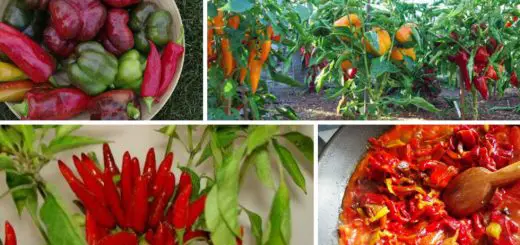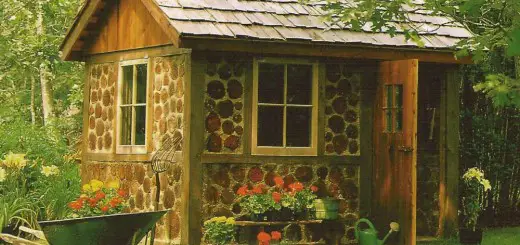Container Gardening for Beginners – Practical Tips
Gardening is no longer a pastime reserved for those with spacious houses and gardens. Looking for the end of the day tranquility, growing plants, flowers and even fruit and vegetables is more and more becoming the favorite activity of townspeople. Whether you live in a house or an apartment, container gardening disconnects you from the alert rhythm of the professional life and gives that satisfaction of something you’ve done yourself. Herbs, tomatoes, forest fruit, leafy greens, they all can grow before tour very eyes in window boxes, pots, hanging baskets and recycled containers. It only take some willingness and a vivid imagination. Here are some tips for container gardening for beginners:
First of all, make a plan as to what you want to grow in containers. Bear in mind the size of the plant when picking the container and do not ignore the light necessity rules. There are plants which need more light, others which need less. For instance, tomatoes, eggplants and peppers need between six and eight hours of direct sunlight. Others, such as leafy greens, mint, basil, parsley and other herbs we use as ingredients in the kitchen need about three hours of natural light per day, developing better in the shade.
Pick a container that fits the plant you want to grow in. For example, leafy greens, herbs, cherry tomatoes and hot peppers grow in one to three gallon containers (up to 11 liters) while regular tomatoes and eggplants do better in larger four to five gallon containers (15-18 liters). Experts recommend to have plants that are as tall as the container. Smaller varieties of tomatoes, peas, pole beans, bush zucchini, and peppers can also be grown successfully with some staking or trellis for them to climb.
One of the drive of a beginner gardener is to excessively water potted plants. Before you water, check if your soil is moist. To do this put your finger into the soil up to your second knuckle. If the soil at your fingertip feels dry, water your plant. You may want to avoid plants getting waterlogged, but it is equally important not to leave the potting soil dry.
In container gardening what nutrients there are in your potting soil are either quickly used by the plants or are washed out with repeated watering. Turn to a potting mix and add compost in a half to half ratio. Fertilize every two weeks with seaweed emulsion or nettle leaves.
Sources: Nytimes.com, Containergardening.about.com, Sparkpeople.com


















